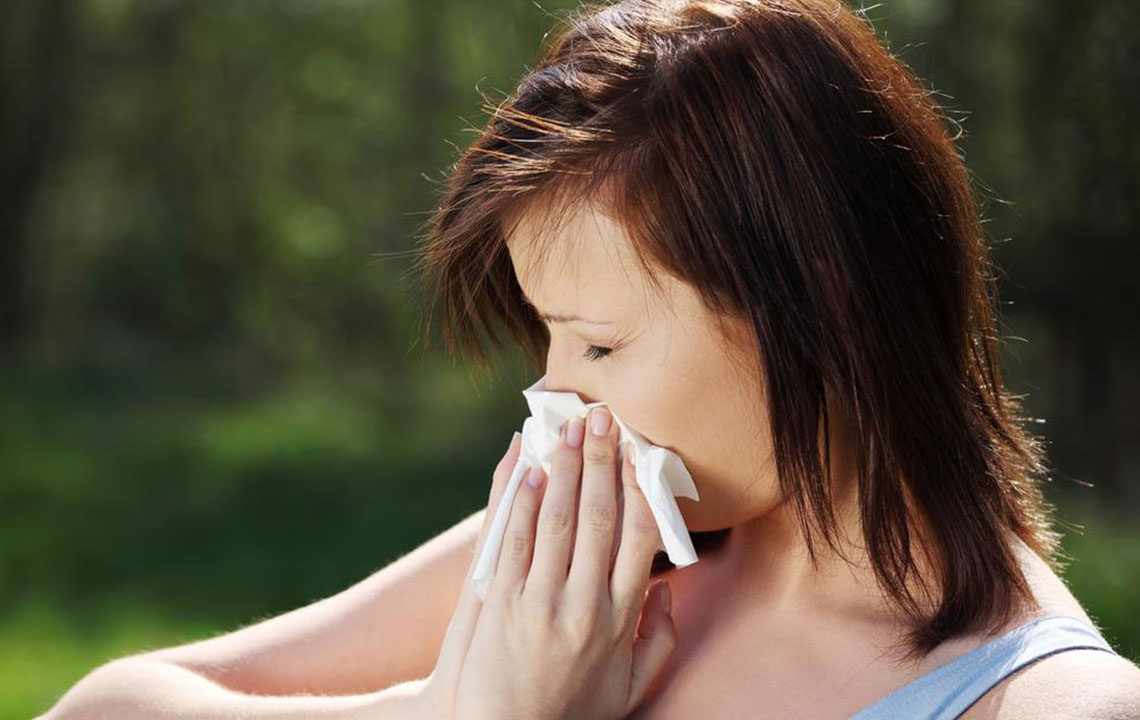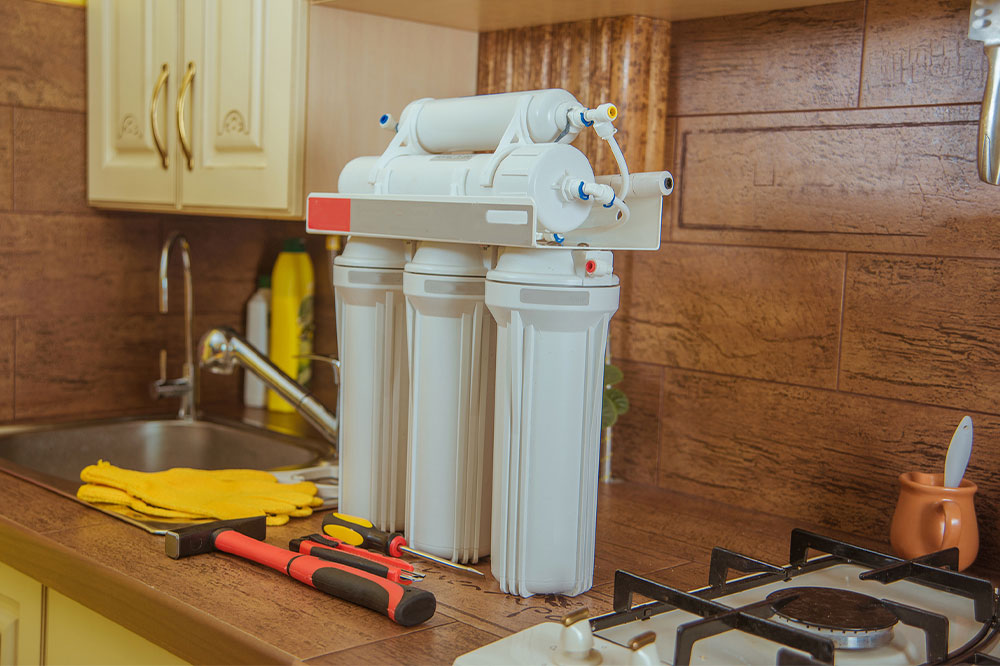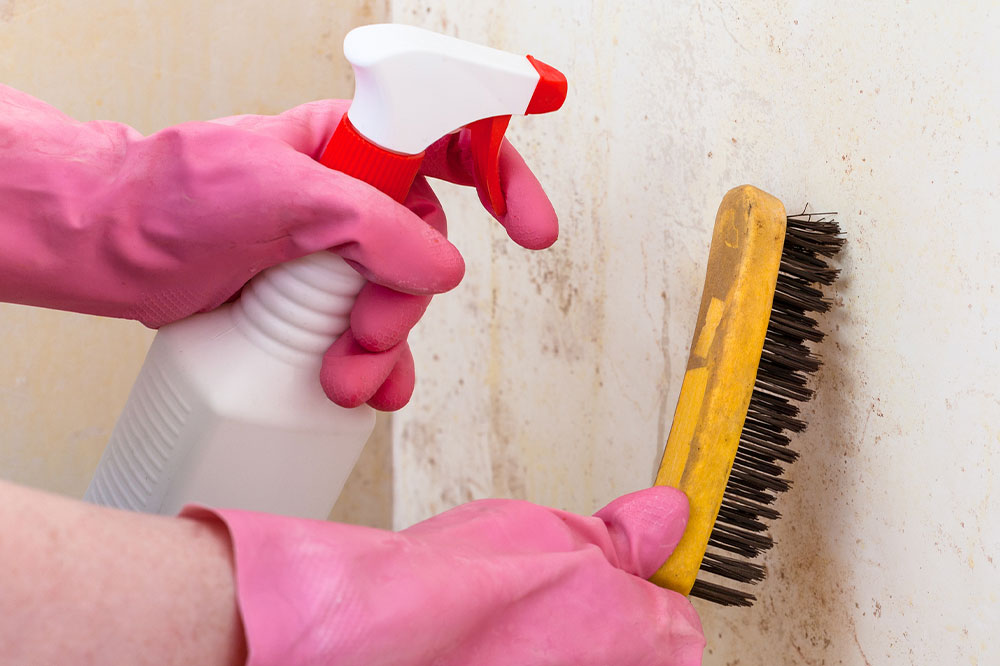Essential Household Factors That Affect Your Respiratory Health and How to Manage Them
Discover the top household elements that influence respiratory health and learn effective ways to minimize their impact. From mold and carpets to candles and humidifiers, this comprehensive guide offers practical tips for creating a healthier indoor environment to protect your lungs and improve overall respiratory well-being.

Essential Household Factors That Affect Your Respiratory Health and How to Manage Them
Maintaining optimal respiratory health is vital for overall well-being, as our lungs are responsible for oxygenating our blood and supporting various bodily functions. The quality of the indoor environment significantly influences lung health, particularly since many individuals spend a substantial portion of their time inside their homes. Exposure to certain household elements can trigger or exacerbate respiratory conditions such as asthma, bronchitis, COPD, and allergies. By understanding the key household factors that pose risks to your lungs, you can implement practical strategies to create a cleaner, safer indoor environment, ultimately safeguarding your respiratory system.
Mold Growth and Its Impact on Lung Health
Mold is a type of fungus that thrives in damp, poorly ventilated areas within your home, such as leaky pipes, bathroom corners, basements, or areas with high humidity. Mold reproduces by releasing spores into the air, which can be inhaled and trigger allergic reactions or respiratory irritation. Common symptoms of mold exposure include coughing, wheezing, nasal congestion, and skin irritation. For individuals with pre-existing conditions like asthma or chronic obstructive pulmonary disease (COPD), exposure to mold can lead to severe attacks and exacerbate symptoms. Long-term exposure may even contribute to the development of chronic respiratory issues. Preventing mold growth involves controlling humidity levels (ideally between 30-50%), fixing leaks promptly, and ensuring proper airflow using exhaust fans or dehumidifiers. Regular cleaning with mold-inhibiting solutions can also reduce mold presence significantly.
The Role of Carpets in Respiratory Allergens
Carpets are commonly used in homes for comfort and aesthetic appeal. However, they are notorious for trapping and harboring airborne allergens such as dust mites, pet dander, mold spores, and pollen. These allergens can be released into the indoor air through everyday foot traffic and vibrations of the carpet fibers, leading to increased respiratory irritation, asthma attacks, or allergy flare-ups, especially in sensitive individuals. To mitigate these risks, regular vacuuming with a HEPA filter, periodic deep cleaning, and professional carpet maintenance are essential. Additionally, choosing hypoallergenic carpets or replacing carpets with hard flooring can significantly improve indoor air quality and respiratory health.
Flour Dust and Its Respiratory Hazards
In households where baking and flour-based cooking are common, flour dust is a significant concern. Fine flour particles become airborne during baking, creating an inhalation risk that can lead to baker’s asthma—an allergic reaction characterized by wheezing, coughing, and chest tightness. Furthermore, prolonged exposure to flour dust can cause irritation of the airways in other residents, particularly in poorly ventilated kitchens. To minimize the inhalation of flour dust, it’s advisable to work in well-ventilated areas, use masks or respirators when baking, and clean up any flour spills promptly. Improving airflow with exhaust fans or air purifiers can also help reduce airborne particulate matter.
Candles and Indoor Air Quality
Many households enjoy the ambiance created by candles, but not all candles are created equal in terms of health safety. Most traditional candles are made from paraffin wax, a petroleum byproduct that, when burned, releases harmful chemicals such as benzene and toluene into the indoor air. These fumes can irritate the respiratory tract, trigger allergic reactions, or worsen conditions like asthma. For those seeking a safer alternative, candles made from natural ingredients such as soy wax, beeswax, or palm wax emit fewer pollutants and are less likely to harm respiratory health. Proper ventilation and moderation in candle usage are also recommended to maintain good indoor air quality.
Humidifiers: Benefits and Potential Risks
Humidifiers are often used to add moisture to dry indoor environments, especially during winter or in arid climates. Adequate humidity levels (between 40-60%) can help alleviate respiratory symptoms, dry skin, and nasal congestion. However, if not properly maintained, humidifiers can become breeding grounds for mold, bacteria, and other microorganisms, which can be dispersed into the air and lead to respiratory infections or worsen existing respiratory conditions. Regular cleaning, descaling, and the use of distilled or filtered water are essential practices to prevent microbial growth inside humidifiers. Choosing the right type of humidifier and regularly replacing filters or wiping down components can ensure safe operation and contribute to healthier indoor air quality.
In conclusion, being aware of the various household elements that can impact lung health empowers you to adopt preventive measures. From controlling mold growth, maintaining clean carpets, managing airborne flour particles, choosing safe candles, to properly using and maintaining humidifiers—every step contributes to a healthier indoor environment. Prioritizing these aspects not only enhances air quality but also supports your overall respiratory wellness. Remember, a cleaner, well-ventilated home fosters a safer living space and promotes better breathing for you and your loved ones.





